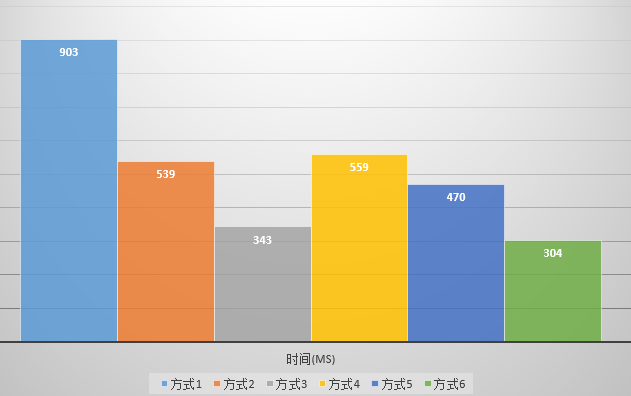到目前为止,我有以下内容:
local socket = require "socket.http"
client,r,c,h = socket.request{url = "http://example.com/",proxy="<my proxy and port here>"}
for i,v in pairs( c ) do
print( i,v )
end
connection close content-type text/html; charset=UTF-8 location http://www.iana.org/domains/example/ vary Accept-Encoding date Tue,24 Apr 2012 21:43:19 GMT last-modified Wed,09 Feb 2011 17:13:15 GMT transfer-encoding chunked server Apache/2.2.3 (CentOS)
这意味着连接建立得非常完美.现在,我想使用这个socket.http获取我的url的标题.我搜索了之前的SO问题和luasocket’s http documentation.但是,我仍然不知道如何在变量中获取/存储整个/部分页面并使用它做一些事情.
请帮忙.
解决方法
您正在使用http.request()的“通用”形式,这需要通过LTN12接收器存储主体.它并不像听起来那么复杂,试试这段代码:
local socket = require "socket.http"
local ltn12 = require "ltn12"; -- LTN12 lib provided by LuaSocket
-- This table will store the body (possibly in multiple chunks):
local result_table = {};
client,h = socket.request{
url = "http://example.com/",sink = ltn12.sink.table(result_table),proxy="<my proxy and port here>"
}
-- Join the chunks together into a string:
local result = table.concat(result_table);
-- Hacky solution to extract the title:
local title = result:match("<[Tt][Ii][Tt][Ll][Ee]>([^<]*)<");
print(title);
如果您的代理在整个应用程序中保持不变,那么更直接的解决方案是使用http.request()的简单形式,并通过http.PROXY指定代理:
local http = require "socket.http"
http.PROXY="<my proxy and port here>"
local result = http.request("http://www.youtube.com/watch?v=_eT40eV7OiI")
local title = result:match("<[Tt][Ii][Tt][Ll][Ee]>([^<]*)<");
print(title);
输出:
Flanders and Swann - A song of the weather - YouTube




